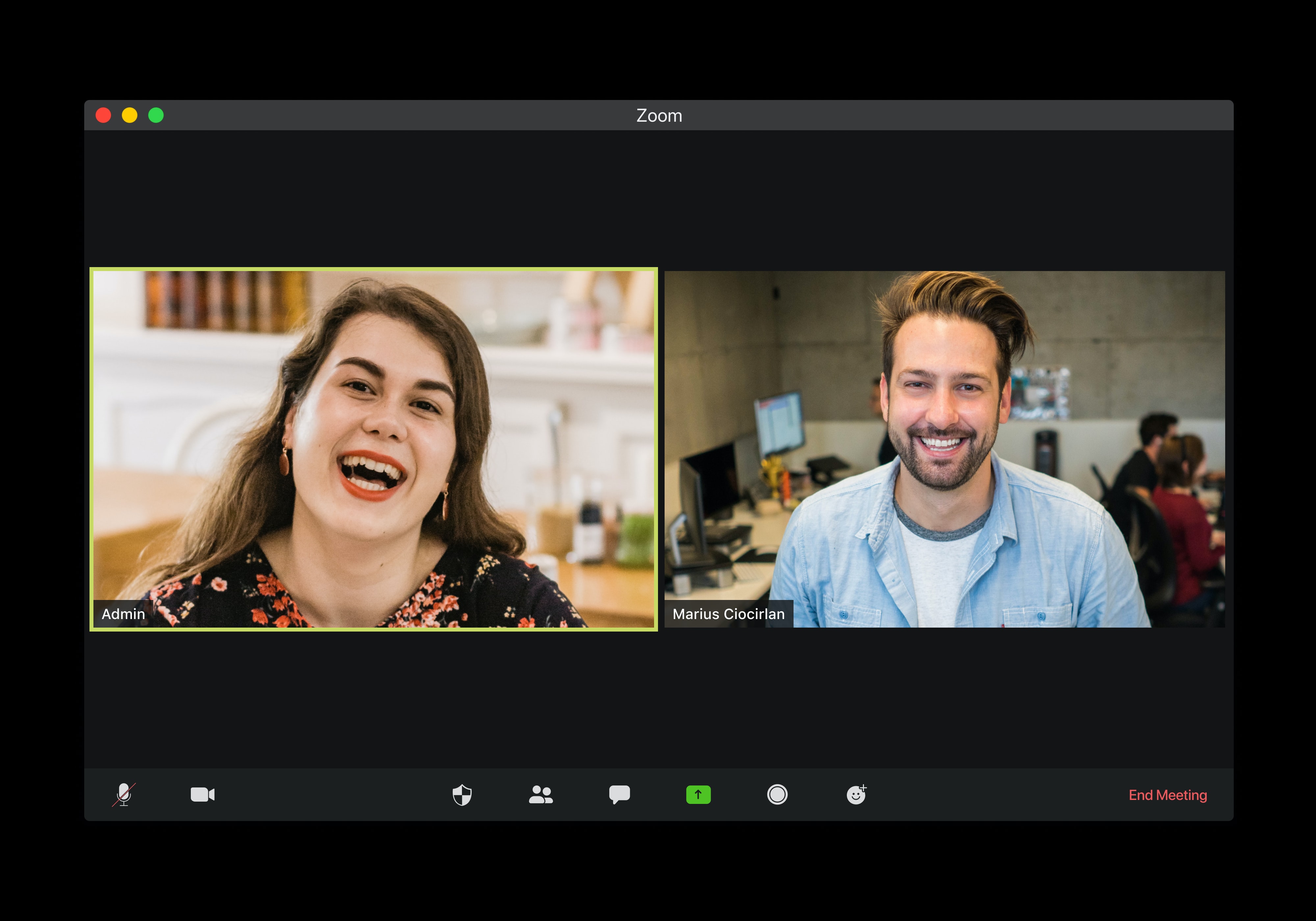Learning, Development and the (post-)pandemic employee

In an earlier article we wrote about the growing importance of upskilling and of staying updated. Particularly for working professionals, the pandemic has necessitated a rapid turnaround into remote work, redefined productivity and ignited discussions about work-life balance. Now, a new, hybrid working model is also being discussed. Pre-covid, the company was a physical entity represented by its office as a tangible proof of existence. Overnight, businesses have been forced to change their working models and organisations have scrambled for ways to hit productivity metrics without impairing job satisfaction. The real change, though, as a Microsoft report notes, has been subtle but with far reaching consequences. The report says that company wide, long term remote work has changed the flow of information within the organisation. Need-based virtual interactions have reinforced silos and therefore reduced collaboration ties within the company.
So in the past year change landed with an unforeseen bang, and it is here to stay. As a function concerned with the engagement and retention of the organisation’s employees, Learning and Development has also had to adapt. Earlier, L&D was largely invested in developing and updating job-related skill sets. Today, it can further its role by playing a vital role in stabilizing the softer and the intangible parts that precedes good work - social connections.
Learning Management Systems (LMS)
A cheerworthy development from the increased use of virtual technologies and remote logins has been the mainstream adoption of applications like tele-health and digital currencies. This shift in consumption patterns has also given e-learning a fillip - it is expected to grow at a CAGR of 21% for the next five years. Experienced e-learning creators talk about the shift in accountability that has accompanied this change - DIY implies that everything from finding the resources, making use of them and demonstrating competence now sits with the learner. A similar goal for learning in the corporate scenario is not only achievable, but also desirable. While this task is nothing new, the use of AI in creating learner-led paths and cloud-based LMS can make this a reality.
LMS’ evolutionary path has had three inflection points till date:
- With the advent of web browsers in the 1990s, the LMS market took off. Content makers, technologists and designers created models that digitised information for consumption, making use of the internet beyond just storage of information or as a binary mirror of data.
- The exact timeline for this change is debatable, because it happened gradually. Google, launched in 1998, enabled search as a way to find information online. As Google’s engine got more sophisticated, the early 2000s witnessed the growth of the web to encompass diverse forms and types of information; and by the end of the first decade of the 21st century, technology had flattened the world by connecting the globe from one end to the other. Thereafter people’s proclivity towards audio, video and multimedia as a way to consume content came about, and we are all witness to its explosive growth in recent years. LMS has been a tepid participant in all these developments, since L&D in an organisation remained demand-led rather than supply-led throughout.
- Cutting edge technologies like VR and AI are yet to make major inroads in Corporate Training, although there are enough workable and profitable business models that demonstrate its efficacy. We are in this phase now, and the pandemic has accelerated progress in this faster than normal. With the growing importance of keeping updated in our post-knowledge economy, we may be moving towards intelligent learning systems sooner than ever.
There are two broad pathways for information based learning in the organizational milieu - Micro- learning - a moment-led, problem-answer approach that usually takes two minutes of less per session; and Corporate Training - which is purpose-led, can vary from generic to specific in terms of scope and is associated with mastering new skills.

Micro learning
Machine learning was one of the integral aspects that made micro-learning effective. From phrase based searches to customized learning pathways depending on the learner’s progress and speed, micro-learning modules incorporated sophisticated techniques to make learning palatable and effective within time constraints.
AI further refined this experience by providing personalisation that was specific to the level of the individual. It also helped scale these resources without much overlay by enabling voice overs, translation services and automatic rendering within minutes. Features like text to speech and voice recognition are also particularly useful in making learning accessible to younger learners, as well as those who are speech or text challenged. The significant advantage for organisations, and consequently employees, has been the ease with which information that was earlier restricted to a select few, was now available to everyone, on demand. If earlier the cost of making videos or getting people together was prohibitive, as was the potential loss of revenue to the business by pulling frontline sales people into day-long meetings, now the same results, and sometimes even better results could be had at the fraction of the cost, without disrupting everyone’s daily work schedule.
While AI has been used in micro-learning for some time, its usability in large-scale but personalised content developed for different regions is coming to the fore now.

Corporate Training
The standard image of Corporate Training is: a focussed group of people in a conference room alternating between listening to a speaker and working on small scale assignments to apply what they were supposed to be learning. Duration varied greatly from half a day to multiple days, as did the scale and the size of the batch.
The hybrid work model referred to in the Microsoft report calls for limited office time. Among other things it means that all members of a team may never be present at the same time, except for annual reviews or emergency meetings. One fallout of this model is brutal prioritisation that ensures that employees’ time in office is utilised to the best result of both the people and the company. Does Corporate Training qualify as being important enough?
Secondly, with workers feeling increasingly isolated in their work and as the report highlighted, facing reduced non-planned interaction, both of which can have long term impact on innovation, can yet another virtual session rekindle dormant social engagement?
To address the question about the effectiveness of virtual learning, we don’t need to look further than the phenomenal growth of e-learning over the past decade, and which has intensified further with covid-led remote work. By combining media like audio, video and even gaming along with the conventional 1:many interactions, virtual training can prove more effective than the conventional offline-only model. In this case, combining multiple formats can boost learner engagement in the way that multi sensory learning has been proven towards enhanced retention outcomes.
Technology has enabled exponential growth in various spheres of our lives, but has also underscored the importance of continuous learning. Smartly designed training materials, even delivered virtually, can be solid ground for introducing ideas and concepts that can be reinforced during personal interactions.
Making Corporate Training materials with Murf
From the time of its launch thirty years ago till today, powerpoint presentations have been the mainstay for creating and sharing information in a professional setting. On the other hand, the concept of time and the 24-hour clock through which we make sense of it, has been around for nearly 400 years. Yet, powerpoint is over-utilised, while time remains under-utilised. Till this reverses, Murf can help you make the most of your powerpoint presentations, in very little time. Make your training ppt stand out - add studio quality voice overs; weave audio, video and other media seamlessly into the presentation; and render your project into a shareable video, all in minutes. Find out how from these resources.
Corporate Training requirements can range from Sales Training for new recruits by month-old startups, Safety Training for distributors and manufacturers to Leadership Training for global consulting firms. Murf has helped create engaging voice over videos around Customer Service, Communication Skills and Powerpoint Presentation Making, to name a few. Irrespective of the size of the audience and the topic in question, the outcome of the training remains the same - effective learning through knowledge retention.
Conclusion
The world of work has undergone unprecedented change in the past year and a half, with more on the way. During this time businesses have demonstrated ability to adapt quickly, and employees have balanced recalibrated professional expectations alongside the messy merging of work and home life. Behavioural patterns have changed, everyone has renewed appreciation for the mundane, and newer sources of stress have been created.
The Learning Management System is the backbone that forms the structure of organizational Learning & Development, and has undergone its own changes, both in form and purpose, since its inception in the late 1990s. It has followed key developments in technology and information consumption patterns, and benefited from the outsourcing model that enabled organisations to shed cost-intensive flab while retaining access to tools and functions that they need to run on a daily basis. In the case of LMS, this helped in the mushrooming, and later flowering of multiple working models, as well as in the timely introduction of AI through search-based learning, and then through customised learning pathways, albeit on a much smaller scale.
Micro-learning is a great application of moment-led consumption. In addition to having time-based learning modules, micro-learning is portable, flexible and customisable. It’s prominent advantage is the easy dissemination of information throughout the organisation, through a system that is scalable and can also adapt to the user.
Corporate Training has remained a purpose-led and instructor-defined program for almost as long as the modern organisational structure has existed. Its effectiveness through immersion in the topics discussed, and small scale applications of the new skills imparted have both stood the test of time. With the formal working model changing, Corporate Training can continue to be relevant and effective by interlacing different types of media to impart the same content. The constraint of limited in-person interaction can be turned into an advantage by using that time to apply the skills learned in role-play scenarios, and additionally as opportunities for team-bonding and to re-establish social connections.
Murf can help you make the most of two assets critical to any Corporate Training program: the powerpoint presentation, and time. Enhance your material by adding voice overs, combining other media and creating easily shareable files. So far, Murf has helped create engaging voice over videos around Customer Service, Communication Skills and Powerpoint Presentation Making.
Knowledge retention and its immediate application remain the goals of learning in any form. Organizational Learning & Development can use the current patterns of increased digital consumption to apply AI technologies and hit these goals, while making the best use of virtual media and online interactions. L&D specialists can flip constraints like less learning time and limited personal interactions into potent and powerful devices by developing new models like experiential learning, or weaving knowledge sharing into social connections.


